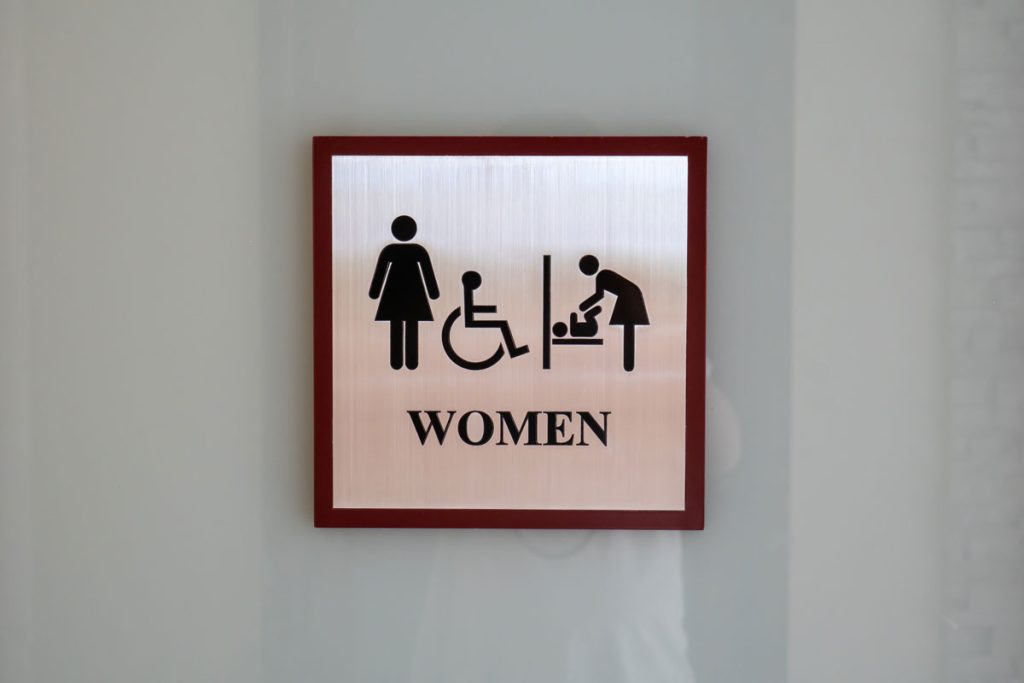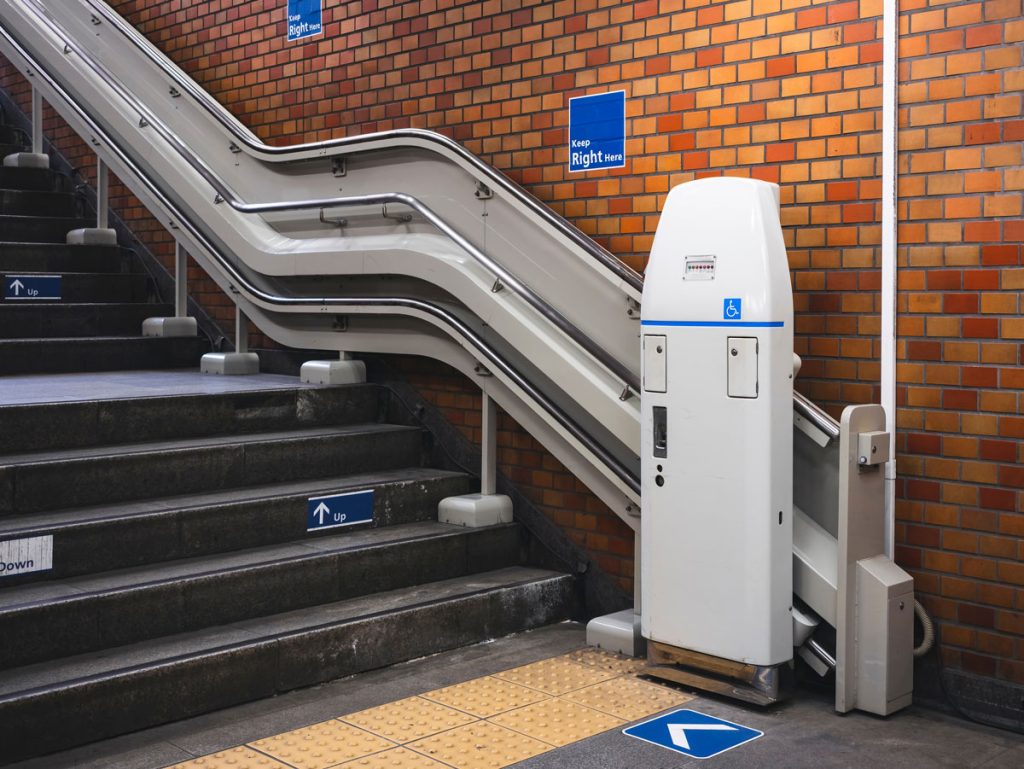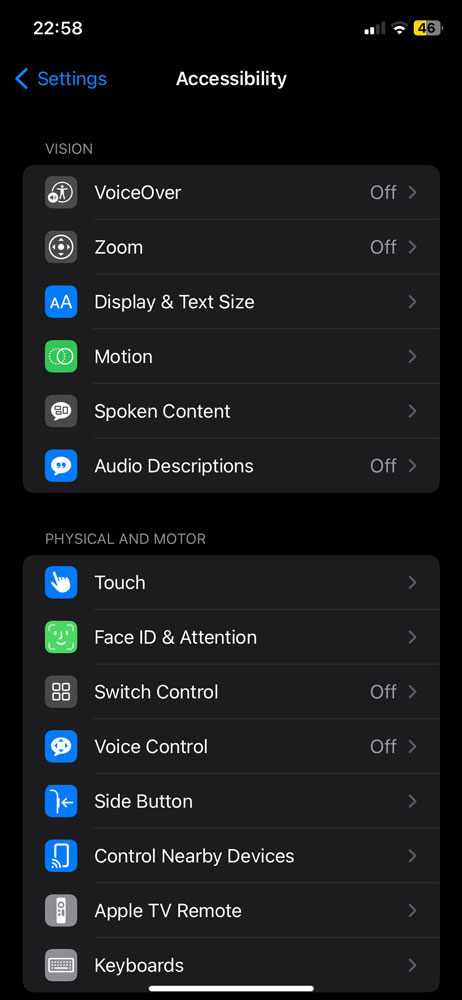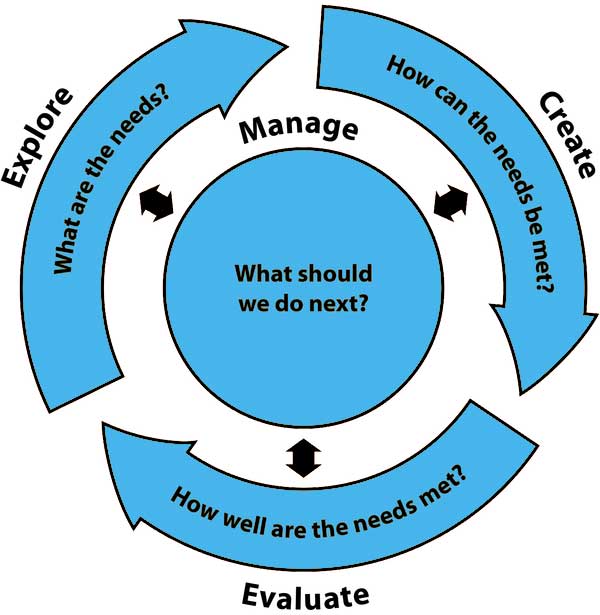What is Inclusive Design? And How to Apply It?
In our diverse world full of different cultures, designing products and services has become more and more challenging, especially when the aim is to meet the needs of various consumers and achieve innovation. Our world’s diversity indicates the increasing importance of inclusive design, sometimes called universal design. In response to current and future design challenges, our design concepts and methodologies must shift toward broader involvement of people, technology and things to build user-centred solutions.
What is Inclusive Design?
Inclusive design, or universal design for all, is an approach to creating products, services, and environments accessible and usable by as many users as possible, regardless of their age, abilities, or disabilities. It aims to eliminate barriers and ensure everyone, including individuals with disabilities, can participate fully and independently in various activities.
The concept of inclusive design goes beyond accommodating specific disabilities or needs. It recognises that human abilities and characteristics vary widely, and it seeks to address this diversity by considering the needs of a broad range of users. The inclusive design promotes equal access, usability, and enjoyment for everyone, without the need for particular adaptations or different solutions. Inclusive design aims to fulfil the world’s need for simple yet universal design approaches where flexibility can be implemented to set a design that satisfies all current and future consumers. Check How Inclusive Design Reshaped Microsoft Products.

The inclusive approach is applicable across various domains, including architecture, transportation, technology, communication, and more. By embracing inclusive design principles, designers and developers can create solutions that cater to a broader audience, promoting accessibility, usability, and inclusivity for all.
The Design Council’s report about inclusive environments defines an inclusive environment as one that welcomes everyone, responds to people’s needs, is intuitive to use, offers choices to meet all needs, and has a design that can be used without undue effort or special separation. The report indicated that 1 billion GBP is the annual cost of all inquiries among older people, in addition to the 212 billion GBP estimated spending of people with disabilities in the UK. This article will explore the principles of inclusive design and how to implement them within the design process.
Inclusive Design Principles
As part of defining critical principles of inclusive design can help the design team to reach the intended design decision:
1. Equitable use: Products and services should be designed to be valuable and accessible to people with diverse abilities. This involves considering the needs of individuals with disabilities (i.e. wheelchairs design), temporary impairments, or situational limitations.
2. Flexibility: Designs should provide options and involve various preferences and abilities. Users should be free to choose the most suitable way to interact with a product or service based on their personal needs and inclusive experiences.

3. Simple and intuitive use: The design should be usable regardless of the user’s experience, language skills, or cognitive abilities. Clear instructions, logical layouts, and intuitive interfaces are essential aspects of inclusive design.
4. Perceptible information: Information and feedback should be presented in multiple ways to cater to sensory abilities. Visual, auditory, and tactile cues can help users effectively understand and interact with products and services.
5. Tolerance for error: Designs should minimise the occurrence and impact of errors. Users should be able to recover quickly from mistakes and continue using the product or service without significant consequences.
6. Low physical effort: The design should require minimal physical effort. This is particularly important for individuals with mobility impairments or other physical limitations.
The Three Dimensions of Inclusive Design
In order to ensure you are applying the inclusive concept in design, the Inclusive Design Research Centre at OCAD University identified three dimensions of inclusive design. These dimensions contrast inclusive design and other design forms while providing a guide for designers. This will ensure the product design is inclusive and meets various consumer requirements and needs. These three dimensions include the following:
1- Recognise Diversity and Uniqueness
Unlike targeted design solutions that focus on one or more market segments, inclusive design provides a process that considers the diversity and uniqueness of every person. This diversity includes a range of demographic differences such as age, language, ability, gender, and others. The needs of all consumers should be met by the products’ design, which can be achieved through flexible and adaptable tools like 3D printing technology, which can achieve “diversity-supportive design.”
2- Inclusive Process and Tools
Building an inclusive design process requires diverse ideas and perspectives; this can be achieved through the involvement of diverse individuals inside the team working on the design process. The team should include members who had the same experience as the target consumer and should have experienced the same circumstances as the target consumers, such as the living environment, the same education level, and the problems faced. These factors must be addressed before implementing the design solution, product, or service.
3- Broader Beneficial Impact
While current designs target one or more market segments, inclusive design extends the target of the product or service to reach a broader audience who benefit from the impact of the design. Applying the earlier two dimensions contributes to achieving the third.

The Steps to Achieve Inclusive Design
Many design process models have been introduced that could be implemented to achieve inclusive design, such as The Double Diamond Design Thinking Process and the Stage-Gate Process. The inclusive design process involves four main stages: manage, explore, create, and evaluate. The three dimensions of the inclusive design process should be considered during these stages. These stages aim to achieve both consumer and business goals. The Inclusive Design Toolkit has presented the below steps in association with the University of Cambridge.
Manage
The target plan and strategy are set in this first stage based on the project requirements and available resources. This controls the resources and ensures the product meets the determined goals. Additionally, this stage aims to improve the product and refine the process to ensure it achieves the inclusive design goals and eliminates biases. The tasks in this stage include managing the progress, improving the product, and building solid communication between all the stakeholders.
Explore
This is the research phase, where all information is collected and analysed regarding the project. The team should aim to understand the project and its consumers. This understanding should include information such as how the consumer uses the product so the team can target all consumers. Any number of tools can be used to collect and organise this information, including the following:
– List the stakeholders involved in the project
– Observe consumer behaviour and organise the relevant information
– List the product features required to fulfil the consumer’s needs
The exploration phase should include intense observation and analysis of the consumer journey map and usage of the product in order to build a design that meets the needs of all types of consumers. This can be achieved using tools such as persona empathy maps. The Design Thinking Tools and Methods and Design Thinking Tools for Ideation provide many resources to investigate problems.
As part of the problem investigation, several tools allow us to identify the root causes of problems, such as the SCAMPER Technique, 5 Whys, Fish Bone Diagram, and the TRIZ method.
Create
In this stage, the information is put together to build the design for the product or service and create a prototype that can be evaluated and tested in the next stage. The created prototype will not necessarily be the final product because it may result in improvements and changes based on the evaluation stage results. The design concept should meet the above three dimensions of inclusive design to be simple and flexible for all consumers.
Evaluate
The prototype is tested and evaluated in this stage to determine if it meets the necessary requirements. The evaluation should be applied based on predefined criteria and be conducted by groups of both experts and consumers in order to get accurate feedback. In this stage, the evaluation criteria are selected, the product is tested, and the results and feedback are collected to improve the concept. One of the tools that can be used to evaluate the project is the SWOT Analysis.
Conclusion
Design solutions must be universal and provide innovative solutions to a broader range of people. This can be achieved through inclusive design, which aims to serve all people regardless of their demographic information. This approach can be achieved through the three dimensions of inclusive design identified by the Inclusive Design Research Centre at OCAD University: recognise diversity and uniqueness, use an inclusive process and tools, and broaden the beneficial impact and best practices to address user challenges.
The above process can be used to implement the inclusive design, which can be achieved only by involving both the design team and consumers as design partners to achieve the maximum amount of understanding for them and address their needs.
Summary
Inclusive design refers to a design approach that aims to create products, services, environments, and systems that are accessible, usable, and beneficial to as many users as possible, regardless of their age, abilities, or disabilities. As an inclusive and user-centred design philosophy, it recognises and accommodates the diversity of human characteristics and needs. Furthermore, it goes beyond simply complying with accessibility standards or addressing the needs of specific user groups. It seeks to consider the entire spectrum of human diversity and design solutions that work well for a broad range of users, including those with disabilities, the elderly, individuals with temporary impairments, and anyone facing situational limitations.
1. Engaging with users: Engage a diverse group of users through user studies, interviews, and observations to gain insights into their needs, challenges, and preferences. Incorporate user feedback throughout the design process.
2. Flexibility and adaptability: Design products and services that are flexible and adaptable, allowing users to customise and personalise their experiences based on their unique needs and preferences.
3. Clear and intuitive communication: Use clear and concise language, symbols, and visual cues to effectively communicate information to users with diverse backgrounds, literacy levels, or language skills.
4. Multiple modes of interaction: Provide various ways for users to interact with products or services, including input methods (touch, voice, gestures, etc.) and output modalities (visual, auditory, tactile, etc.).
5. Collaboration and interdisciplinary approach: Foster collaboration among diverse disciplines, including designers, engineers, accessibility experts, user experience professionals, and end-users. This collaborative approach ensures a holistic and comprehensive design process.
6. Continual improvement: Embrace an iterative approach to inclusive design by learning from user feedback, monitoring product/service performance, and continuously refining and enhancing them to meet the diverse users’ needs better.







